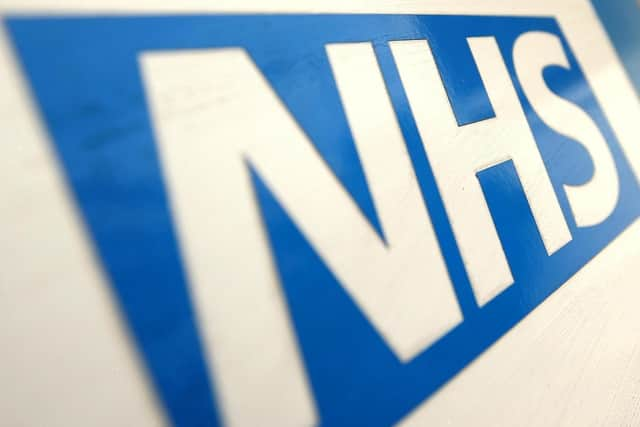Thousands of Wiganers missing out on potentially life-saving bowel cancer screenings
and live on Freeview channel 276
Charity Bowel Cancer UK says more needs to be done to encourage people to the test, which helps to catch the deadly disease earlier and when it is more treatable.
Figures from Public Health England show just 62.3 per cent of the population of 60 to 74-year-olds registered with a GP in the Borough Clinical Commissioning Group (CCG) area had been screened for bowel cancer in the two and a half years to March 2019. That was higher than the England average of 60.5, but still meant 20,421 people were not covered.
Advertisement
Hide AdAdvertisement
Hide AdPeople aged between 60 and 74 are sent a home test for bowel cancer every two years. Participants send faeces samples off for testing, to look for traces of blood. Around two per cent will have an abnormal result, at which point they will be offered a colonoscopy to check for bowel cancer.


Dr Lisa Wilde, director of research and external affairs at Bowel Cancer UK, said: “It is disappointing that uptake for bowel cancer screening still remains low.
“Taking part in screening is the best way to diagnose the disease early as it can detect the cancer at an early stage when it is easier to treat.
“Quite simply, taking part in bowel cancer screening could save your life and we would encourage anyone to complete the test when they receive it.”
Advertisement
Hide AdAdvertisement
Hide AdCoverage of bowel cancer screening has improved across England in recent years, with the proportion of people taking part rising from 57.3% in 2013-14 to 60.5 per cent last year.
The same is true of Wigan, where coverage has risen slightly from 56.8 per cent in 2014-15.
Dr Wilde said the introduction of a new, easier version of the home test was a “game-changer”, and had been proven to increase take-up rates.